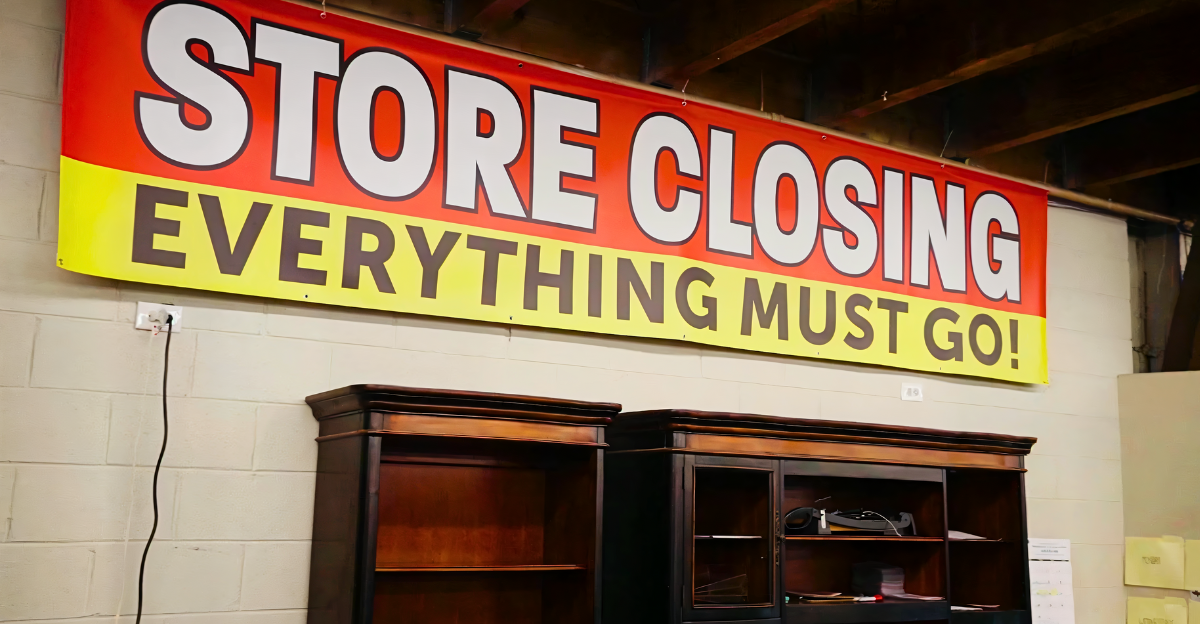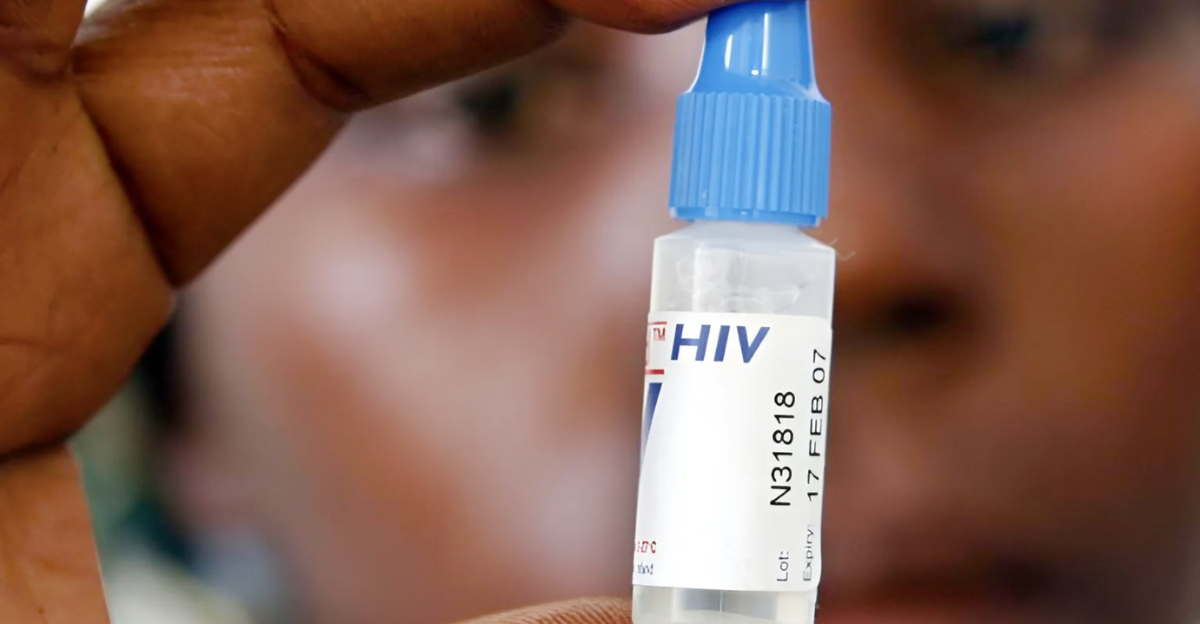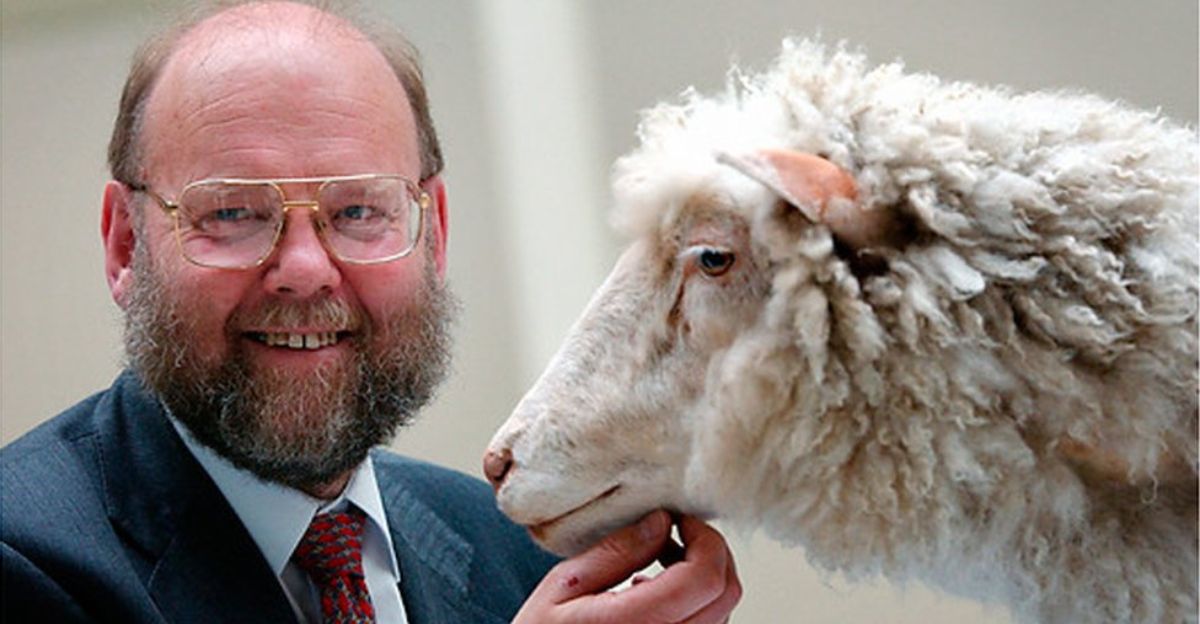
When it comes to major historical events, animals are often overlooked. However, their influence has dramatically altered the course of human civilization. From Cher Ami the pigeon to Laika the stray dog, each of these animals has shaped industries, inspired scientific revolutions, or changed the fate of nations.
In this article, we will take a look at eight extraordinary animals whose actions or existence have challenged conventional beliefs. Their stories have shown the unpredictable power of the animal kingdom and have taught humans valuable lessons, reminding us that we aren’t the only ones shaping our world.
1. Cher Ami
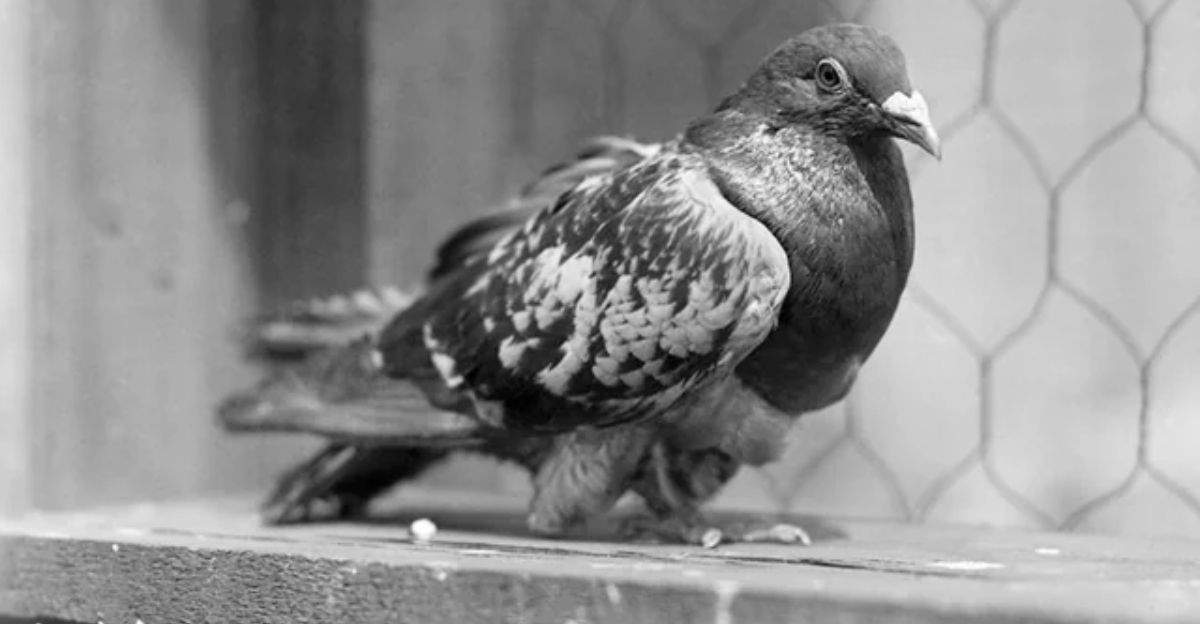
During World War I, a homing pigeon named Cher Ami delivered multiple messages during its service to the U.S. Army Signal Corps in France. However, in October 1918, it delivered a vital message that saved the lives of nearly 200 trapped American soldiers in the Argonne Forest. Despite being shot in the chest, Cher Ami was able to complete the mission and save the soldiers.
In the letter, Major Charles White Whittlesey wrote, “We are along the road parallel to 276.4. Our own artillery is dropping a barrage directly on us. For heaven’s sake, stop it.” The pigeon was highly honored and received the Croix de Guerre from France. Later, Cher Ami was preserved and displayed at the Smithsonian.
2. Dolly the Sheep
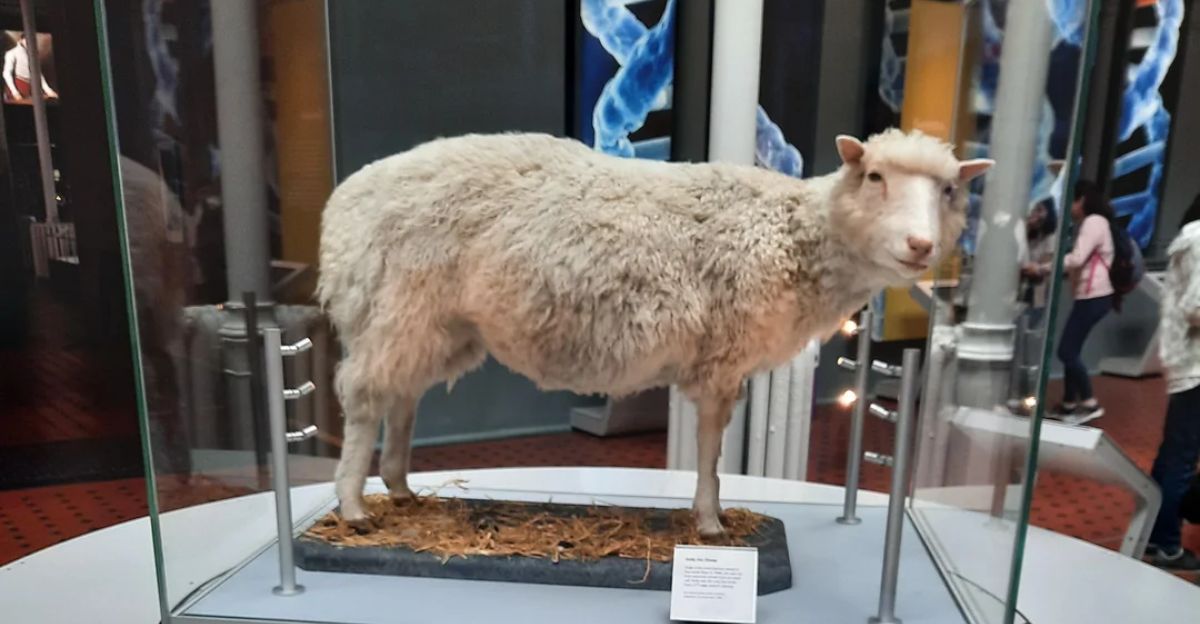
Dolly the sheep was the first mammal cloned from an adult cell in 1996, upending scientific assumptions about the limits of biology. Not only did her birth prove that cloning was possible, but it also caused worldwide debate about genetics, ethics, and the future of biotechnology.
Dolly sadly died from lung disease when she was six years old. While some speculated that her death was related to cloning, it was never proven. Her legacy goes beyond cloning. She helped advance regenerative medicine and stem cell research, showing how a single animal can spark regulatory changes and philosophical discussions.
3. The Monkey That Changed a Kingdom
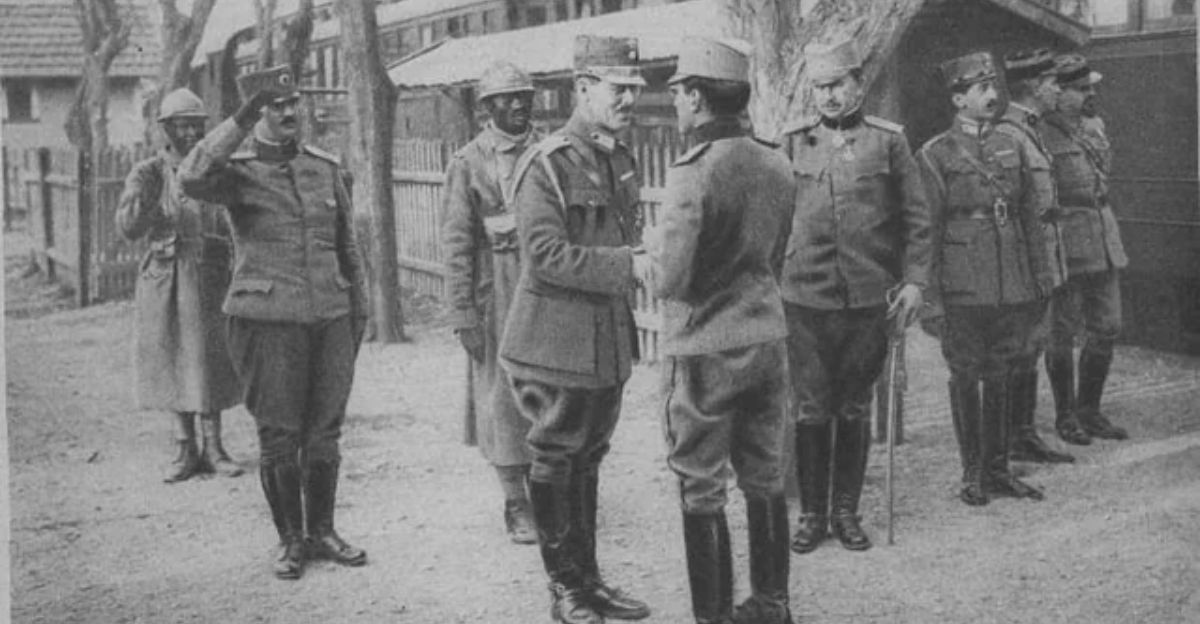
On October 25, 1920, at just 27 years old, King Alexander of Greece died from the wounds he received after a monkey attacked him earlier that month. Alexander was bitten by a domestic Barbary macaque and died of sepsis.
His death triggered a political crisis that led to the restoration of the monarchy and altered the nation’s trajectory. King Alexander’s story shows how an animal’s seemingly random actions can have outsized historical consequences, proving that not only human decisions can drive political change.
4. Laika
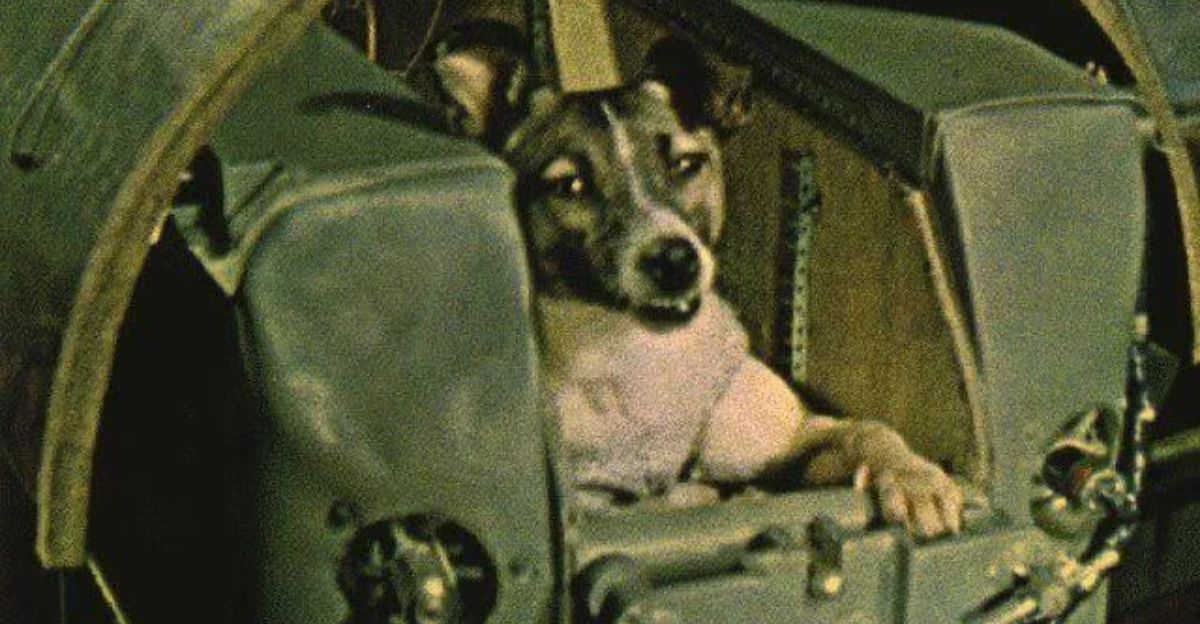
Laika was a stray dog from Moscow who became the first ever living creature to orbit the Earth in 1957 aboard Sputnik 2. After being found on the streets of Moscow, she was chosen for the mission because the Soviet scientists believed that a stray would be more resilient to cold and hunger.
Her mission gave scientists crucial data on the effects of space travel on living organisms. Laika died in space, and her death sparked debates about animal welfare in science, eventually influencing research ethics and public policy.
5. Smoky
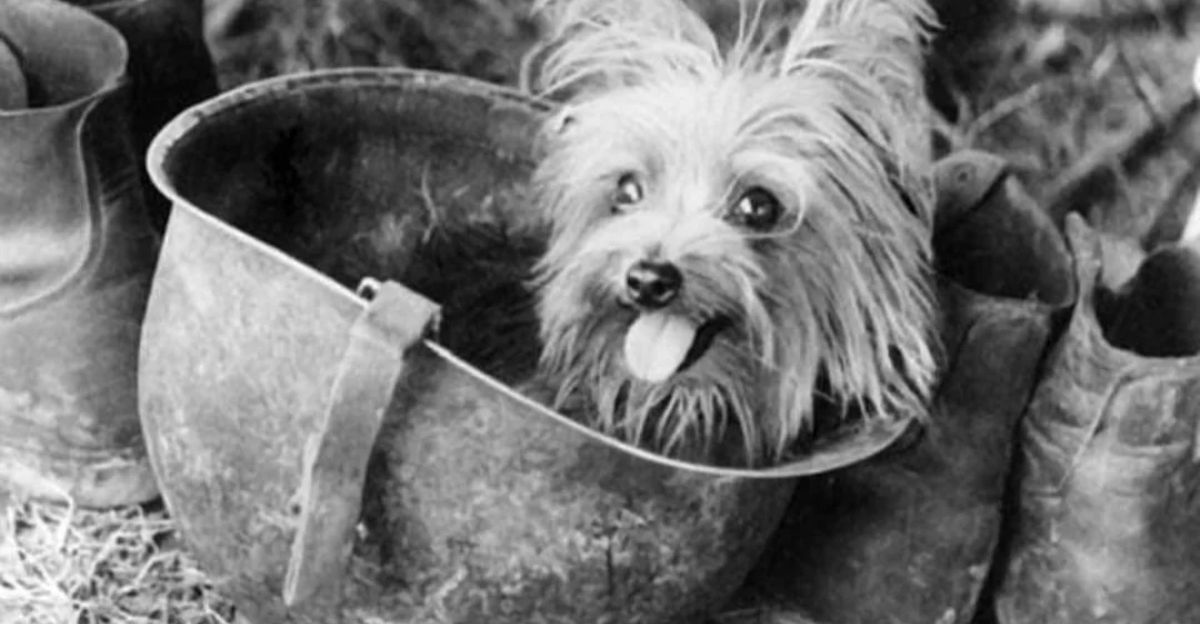
Smoky was a Yorkshire Terrier that was found in a World War II foxhole. This small dog saved lives and changed military engineering. Smoky became a wartime hero by running telegraph wires through narrow pipes under enemy fire, helping restore critical communication lines.
Later, she became one of the world’s first ever therapy dogs, visiting wounded soldiers. Her story shows the unexpected impact a small animal can have in high-stakes environments.
6. David Greybeard
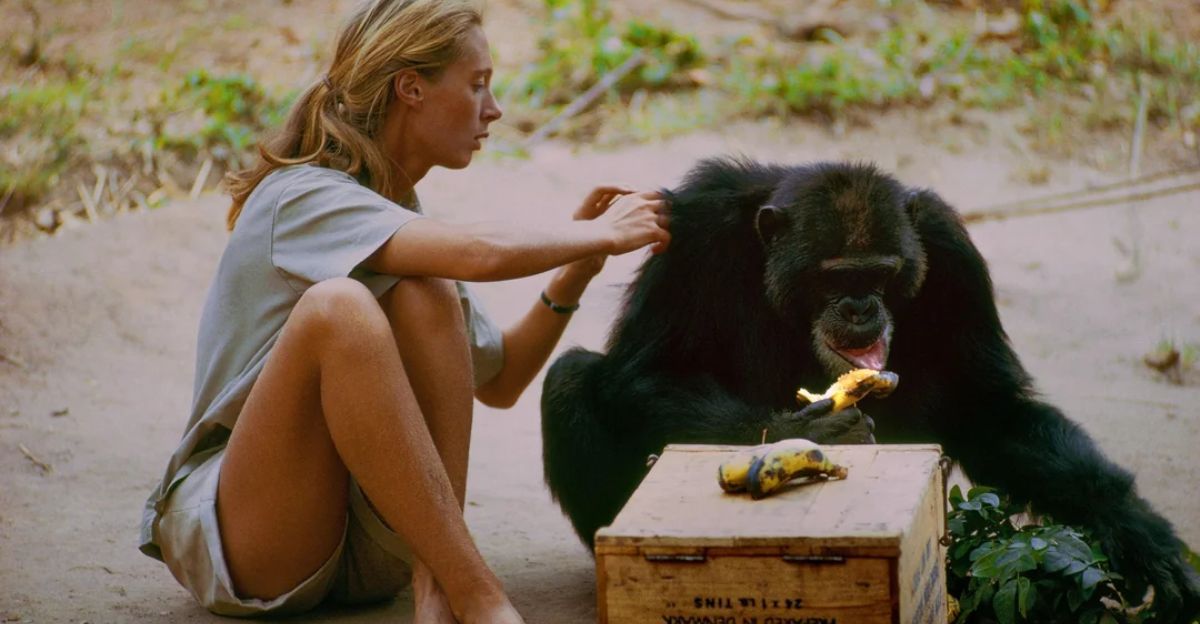
David Greybeard was the first chimpanzee to show the world that animals could use tools, forever changing our understanding of animal intelligence. During the 1960s, primatologist Jane Goodall observed a group of chimpanzees in Tanzania when she noticed something. David, the chimpanzee, was stripping leaves from twigs and then using them to fish termites from a mound.
This moment changed the long-held belief that only humans could use and make tools. Goodall formed a strong bond with David, which also helped establish a new approach to studying animals, one that was rooted in empathy rather than detachment.
7. Elsa
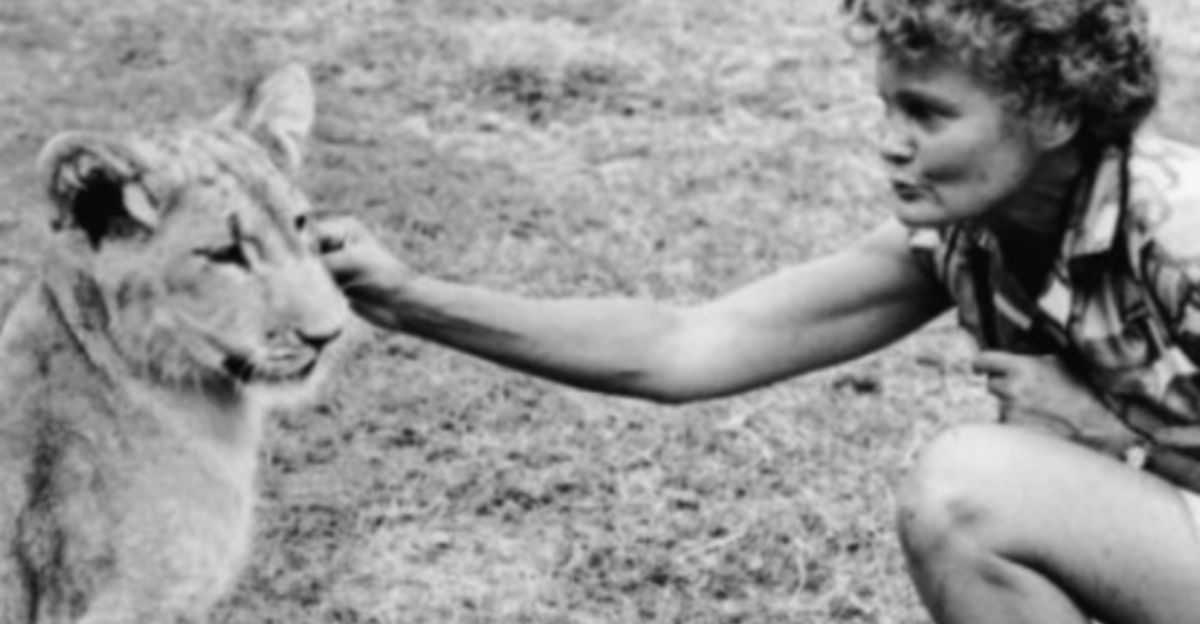
Elsa the lioness became a symbol of wildlife conservation and the power of compassion. In 1956, Joy and George Adamson adopted a small lion cub in Kenya after her mother was killed. They named her Elsa. She was hand-reared but later learned how to hunt and live independently in the wild.
Her story, which was made famous by the book ‘Born Free’ and its film adaptation, touched thousands of people around the world, and ignited a wave of interest in animal rights and natural rehabilitation. Elsa was a global ambassador for the idea that wild animals deserve freedom, not captivity.
8. Snowball
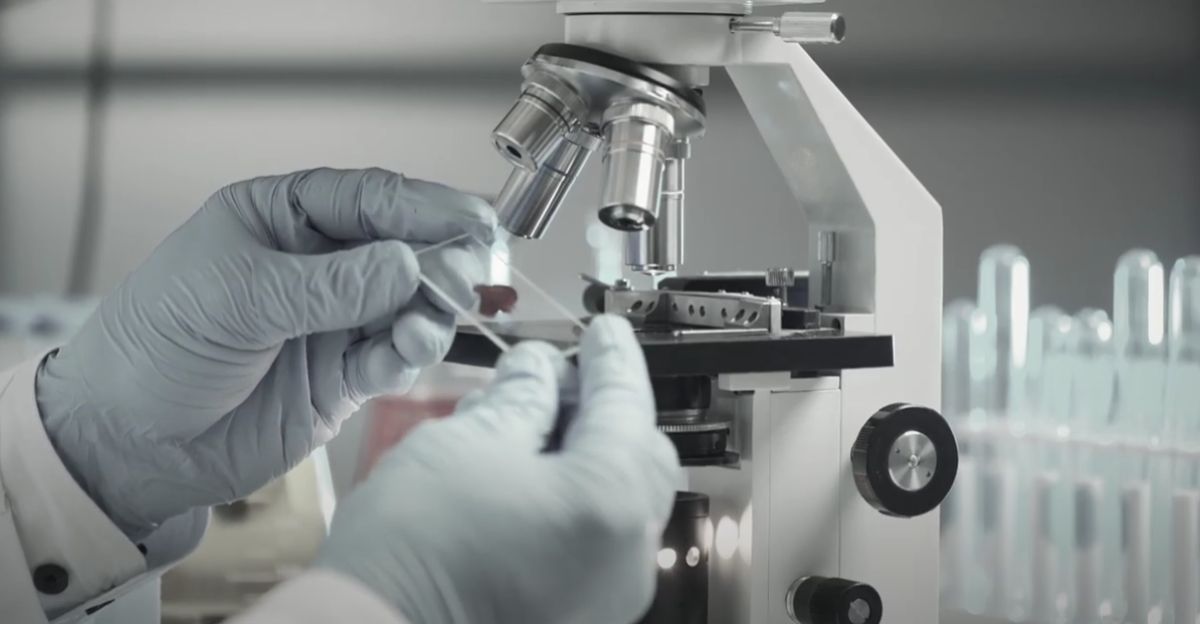
In 1994, Snowball the cat helped solve a murder. A woman’s body was found on Prince Edward Island, Canada, and investigators quickly noticed white cat hairs on a jacket near the scene.
The suspect owned a white can named Snowball, and scientists were able to use his DNA to match the fur to the crime. This was the first time animal DNA was used as forensic evidence in a criminal trial. Snowball’s helped secure a conviction and opened the door for using pet DNA in future criminal investigations.
Intertwined
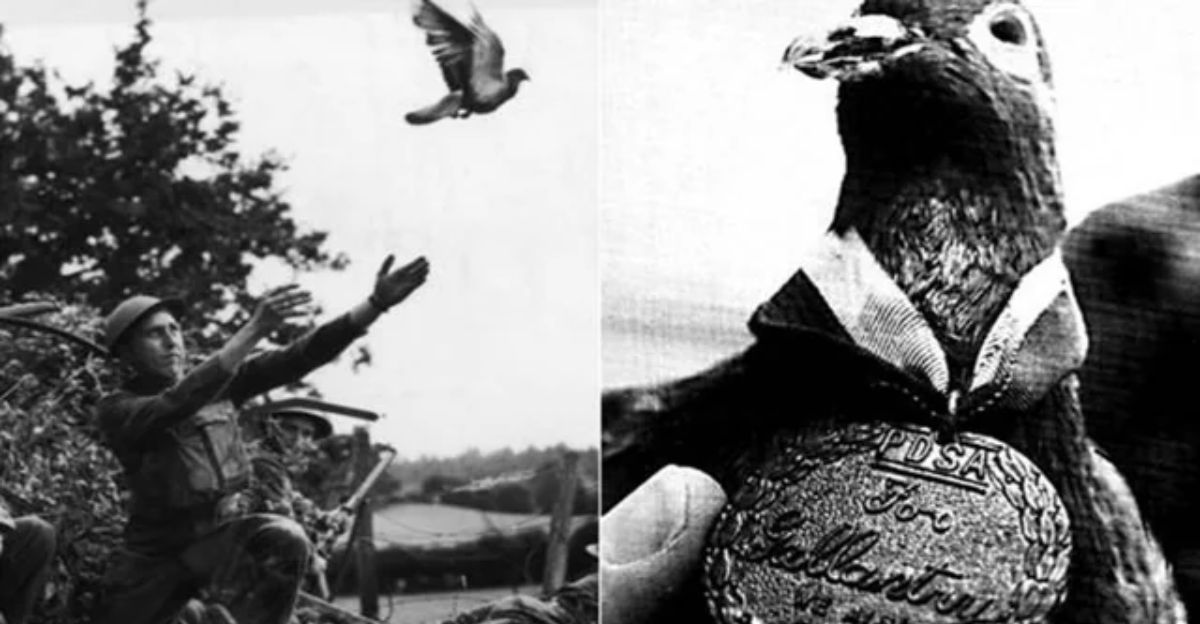
These eight animals have proven that history is not shaped by humans alone. Whether they’re saving lives, advancing science, or shiting the course of nations, these animal’s contributions show that the natural world is deeply intertwined with ours.
From Dolly the sheep to David Greybeard the chimpanzee, each of these stories challenges us to rethink the boundaries between species and to recognize the unexpected ways animals can influence our lives. Animals have shaped history in many extraordinary ways, and they will continue to do so.





